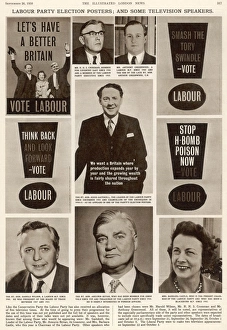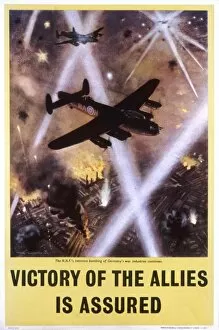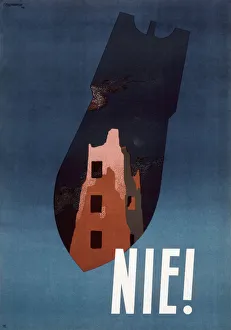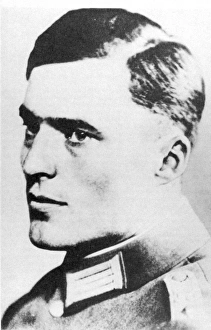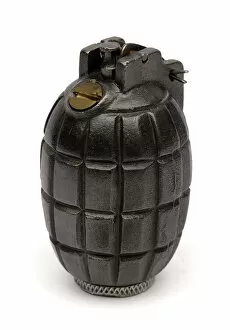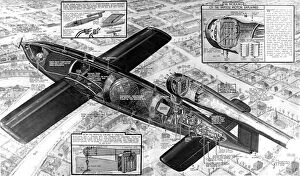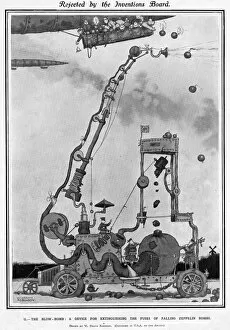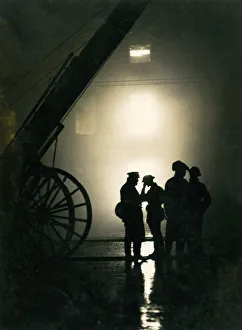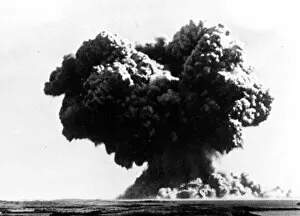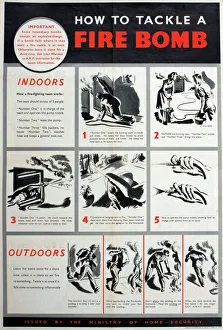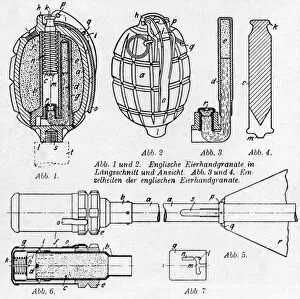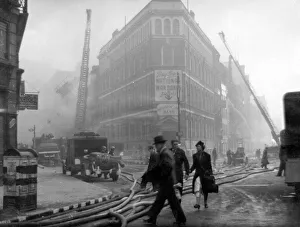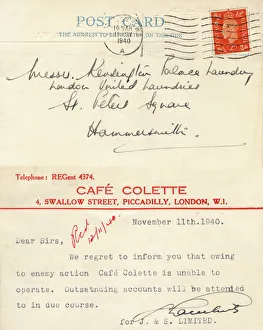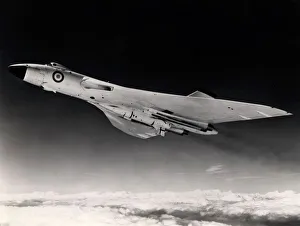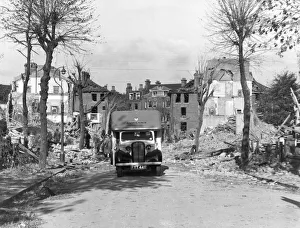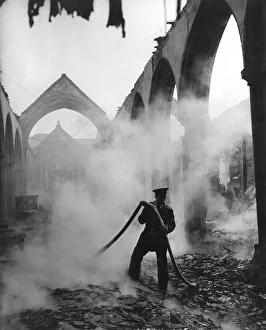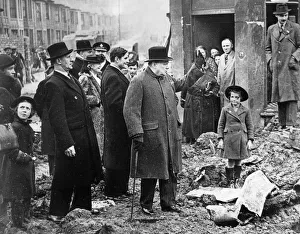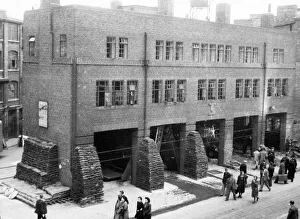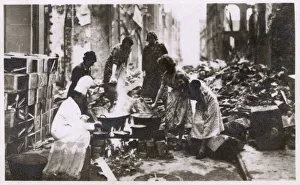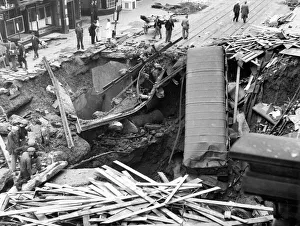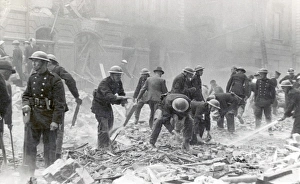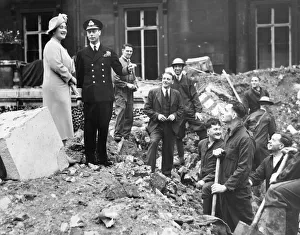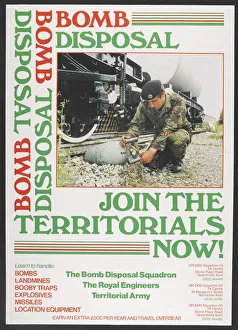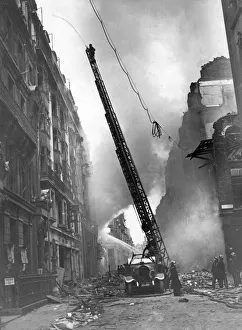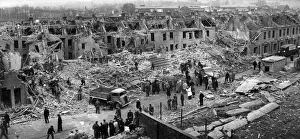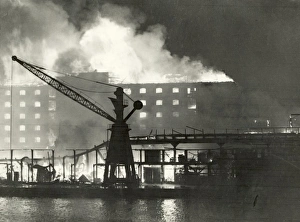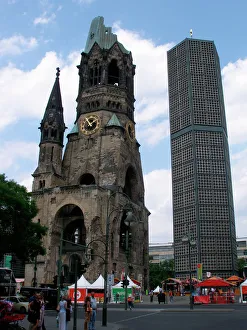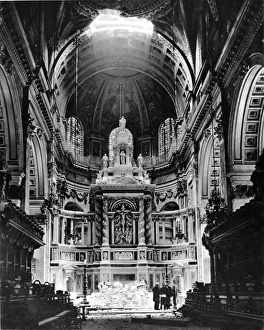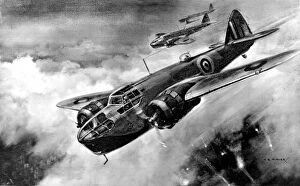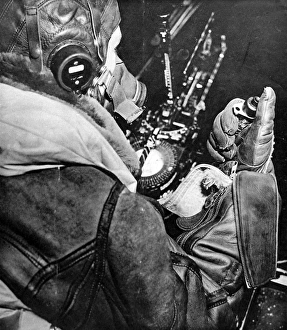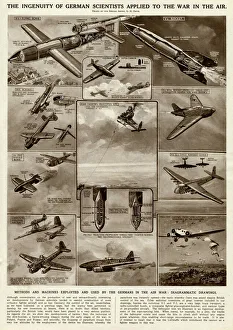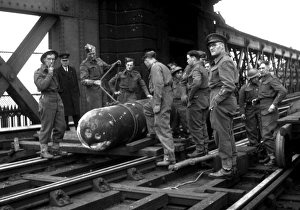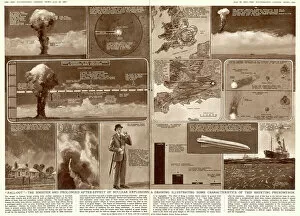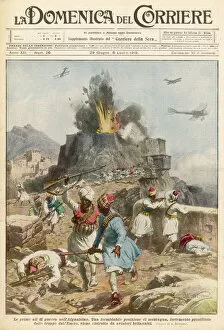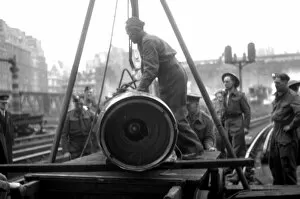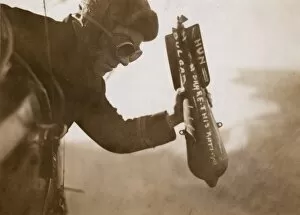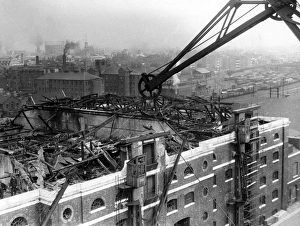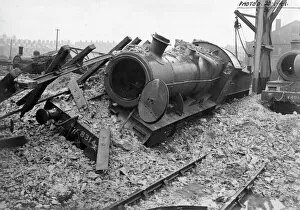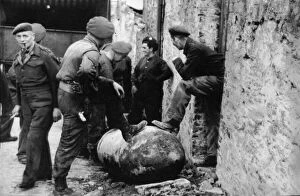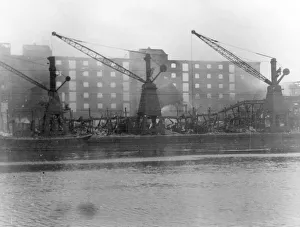Bomb Collection
"Bomb: A Devastating Force Through History" Bomb damage in Brampton Road, Bexleyheath, WW2: Witnessing the scars of war
All Professionally Made to Order for Quick Shipping
"Bomb: A Devastating Force Through History" Bomb damage in Brampton Road, Bexleyheath, WW2: Witnessing the scars of war, a haunting reminder of the destructive power that once ravaged this peaceful neighborhood. Polish anti-war poster -- Nie: In a powerful message against violence and conflict, this thought-provoking artwork urges us to say "no" to bombs and embrace peace instead. Bomb damage in Kilgour Road, SE London, WW2: Traces of destruction serve as a testament to the resilience and strength displayed by communities during one of humanity's darkest hours. Propaganda poster for the RAF: Celebrating bravery and heroism, this captivating artwork showcases how bombs were utilized as instruments of defense during times of war. Labour Party election posters and television speakers: Political battles fought with words rather than bombs; an essential reminder that democracy offers alternative paths towards change. Cutaway Diagram of the V-1 Flying Bomb; Second World War: Peering into its intricate design reveals both innovation and terror - a chilling glimpse into mankind's capacity for destruction. Stauffenberg: The name synonymous with resistance - his failed attempt to bomb Hitler serves as a stark reminder that even within darkness there can be flickers of hope for justice. Mills Bomb No 5 hand grenade used during World War One: An iconic symbol from history's trenches - these handheld explosives forever changed warfare tactics on the battlefield. Sectional view of a Mills grenade, WW1: Exploring its inner workings unveils meticulous engineering designed to unleash chaos upon enemy lines while safeguarding those who wielded it. Rejected by the inventions board: Some ideas never see fruition - perhaps reminding us that not all innovations are meant for progress but rather preservation or prevention instead? Avro Vulcan B2 armed with a Blue Steel stand-off bomb.

